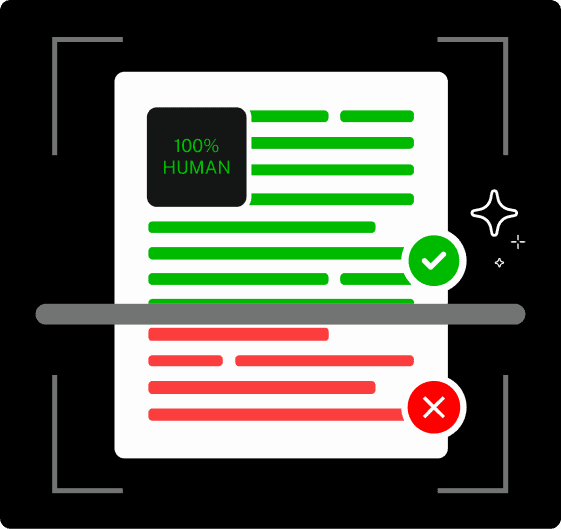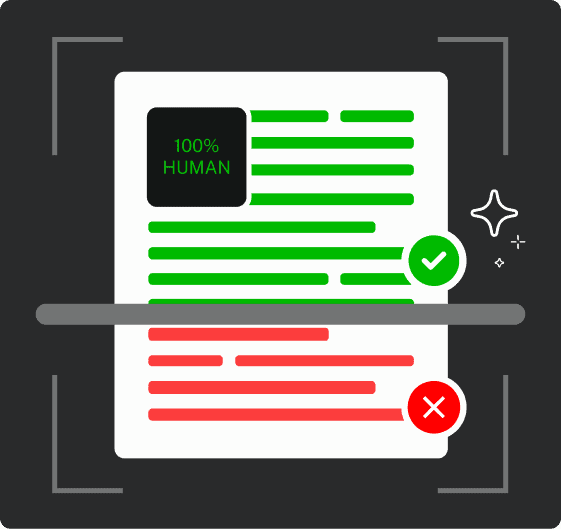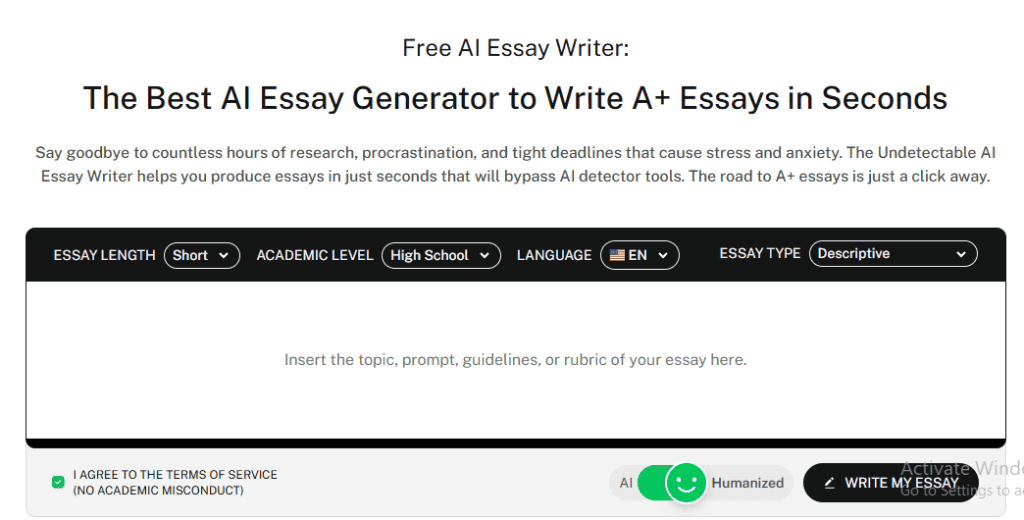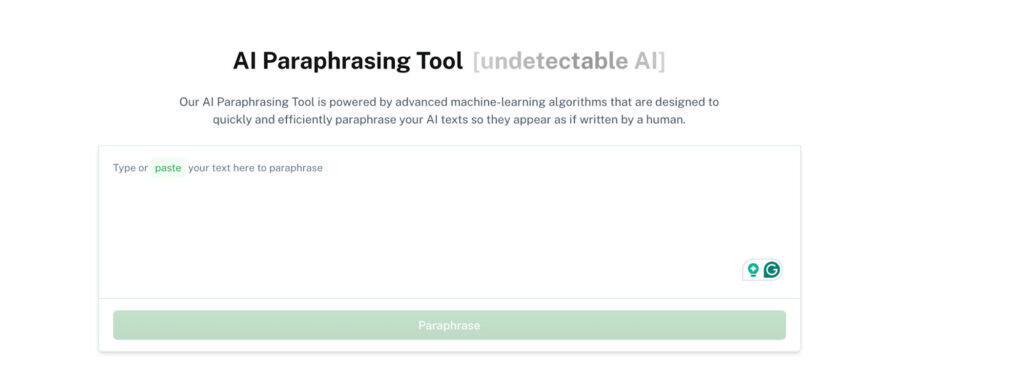So, you’re typing an email to your boss,
You write, “The clientes need updates by Wednesday.” Your fingers hovers over send. But something feels off.
Turns out, it’s clients, not clientes. A tiny mistake could make you look like a careless employee or a student.
And I’ll be honest here: plural nouns can be a pain, right?
You’re just minding your business, writing a sentence, and then suddenly, you hit that moment of doubt—“Wait, do I add an ‘s’ or ‘es’ here?”
Or maybe you’re stuck trying to figure out why “mice” is the plural of “mouse” and not just “mouses.”
You’re not alone in this.
English grammar throws a lot of curveballs at us, and plural nouns are one of those things that seem simple at first, then leave you scratching your head.
The rules aren’t as complicated as they seem, once you break them down.
In this blog, I’ll walk you through the rules, share some real life examples to make it clearer, and a couple of tools that can make your life easier when it comes to getting your plurals right.
What Are Plural Nouns?
Before we move on, let’s understand the true definition of plural nouns.
Plural nouns name more than one person, place, thing, or idea.
- Singular: dog → Plural: dogs
- Singular: idea → Plural: ideas
Imagine texting a friend: “Let’s meet at the cafes downtown.”


Never Worry About AI Detecting Your Texts Again. Undetectable AI Can Help You:
- Make your AI assisted writing appear human-like.
- Bypass all major AI detection tools with just one click.
- Use AI safely and confidently in school and work.
If you meant multiple coffee shops, it’s cafes. If you meant one spot named “The Cafe,” it’s café’s (with an apostrophe). One letter changes everything.
Plural rules are like traffic lights: 90% predictable, 10% “wait, why is this a stop sign?!”
You can learn the patterns, use tools like Undetectable AI to handle the chaos (like AI grammar checkers), and you’ll write with confidence—not panic.
The Golden Rule: Add -s to most words:
- Email → emails (The 47 you ignored today.)
- Project → projects (The reason you drink cold brew.)
But wait—
If a word ends in -s, -sh, -ch, -x, -z, add -es:
- Lunch → lunches (The 15-minute break between back-to-back Zooms.)
- Buzz → buzzes (Your phone during a work presentation or while you’re sitting in a class.)
The Sneaky Exceptions
Nouns ending in -y:
- Party → parties (What you cancel when deadlines hit.)
- Baby → babies (The tiny CEO of your sleep schedule.)
Pro Tip: If the word ends with a vowel + y (like toy), just add -s:
- Toy → toys (The “collectibles” you swear are investments.)
General Rule: Add “-s” to Form Plurals
Here’s the good news: You already know 90% of plural nouns. Seriously.
English isn’t always out to get you.
How it works: If you’re talking about more than one thing, slap an -s at the end. No overthinking.
- Singular: laptop → Plural: laptops
- Singular: meeting → Plural: meetings
This rule covers most of your daily writing—emails, texts, grocery lists (wines, snacks, regrets).
Let’s understand this with a real life example:
Your coworker asks, “How many report drafts do you have?”
- Wrong: “I have three report.” (Sounds like a caveman wrote it.)
- Right: “I have three reports.” (You sound like a functional adult.)
This rule works for most words, but English has plot twists:
- Baby → babies (not “babys”)
- City → cities (not “citys”)
When to Add “-es”
Let’s say you’re texting your friend: “I ate three taco last night.” They’ll forgive you.
Your boss? Not so much.
Here’s how you can fix it:
Add -es when a word ends in -s, -sh, -ch, -x, or -z. These endings need extra sound to feel “complete.”
- Box → boxes (Not “boxs” — that’s how toddlers pluralize.)
- Bus → buses (Not “busses”)
Why it matters: Saying “I have two lunch meetings” instead of “lunches meetings” keeps people focused on your ideas, not your grammar.

Nouns Ending in “-y”
Now, you’ve two rules here because -y is a drama queen. Its rule depends on the letter before it:
- Consonant + “-y”: Swap the -y for -ies.
- City → cities (Where your rent doubles, but your salary doesn’t.)
- Baby → babies (The tiny humans who’ll outlast your phone battery.)
- Vowel + “-y”: Just add -s. Easy.
- Toy → toys
- Day → days (The 72-hour workday that somehow fits into 24 hours.)
Nouns Ending in “-f” or “-fe”
Some words swap -f/-fe for -ves… but not all. English loves keeping you on your toes.
Change it:
- Knife → knives (The reason you own a first-aid kit.)
- Leaf → leaves (The thing you “forget” to rake.)
Leave it:
- Roof → roofs (Not “rooves” — unless you’re in a medieval poem.)
- Chef → chefs (The people who make your microwave meals look Insta-worthy.)
Irregular Plural Nouns
Irregular plural nouns defy rules. They’re the rebels of English—no “-s” or “-es,” just chaos. You have to memorize them.
For example,
You write, “We need to update the childs section of the report.” Your brain whispers, Wait… is that right?
It’s not.
Using “childs” instead of children in a work email is like showing up to a Zoom call in pajama pants. People notice.
Examples:
- Child → children (Not “childs.” Your niece’s birthday party has 12 children, not “childs.”)
- Tooth → teeth (The reason you floss… once a year.)
You have to treat these like tiny grammar landmines.
When you see words like mouse, foot, or goose, pause. Ask: “Does this have a weird plural?”
Pro Tip: Keep a list of common irregulars (person → people, mouse → mice) on your phone. Or let our AI tools auto-correct them—because adulting is hard enough.

Ref: https://easyenglishpath.com/irregular-plural-nouns/
Same Form for Singular and Plural
You’re on a Zoom call describing your weekend hike: “I saw three deers and a sheep!” Silence. Then, a colleague mutters, “Deers?”
Some nouns are grammatical champions—they look identical in singular and plural. No “-s,” no “-es,” no warning.
Words like deer, sheep, and fish refused to change over time. Their rule? “We’re perfect as we are.”
Examples:
- 1 deer → 10 deer (Not “deers.” Yes, even if you spotted a whole herd.)
- 1 sheep → 5 sheep (Not “sheeps.” Counting them won’t help you sleep, either.)
These nouns are built on confusion. Imagine the sentences below:
- “I caught three fish” (Correct. You’re a lakeside hero.)
- “I caught three fishes” (Also correct… but only if you’re a marine biologist describing species.)
Context matters. Fish for dinner? Plural. Fishes for science? Plural with a PhD.
Using “sheeps” in a presentation slide is like wearing socks with sandals—technically allowed, but everyone judges you.
Pro Tip: Treat these words like passwords. If you’re unsure, say it out loud:
- “I adopted two sheep” (Right.)
Foreign-Origin Nouns
Let’s say you’re at a wine bar, debating between “charcuteries” or charcuterie boards. The truth? Charcuterie is French for cured meats—and it’s already plural.
The singular? Charcuterie. (Yes, really.)
Foreign Origin Nouns are the words English “borrowed” from other languages (like Latin, Greek, French, or Italian) that kept their original plural forms instead of following typical English rules.
But when they are confusing?
English says dog → dogs, but Latin says fungus → fungi. French says château → châteaux. These plurals refuse to assimilate.
Examples:
- Cactus → cacti (Latin)
- Wrong: “My cactuses died.”
- Right: “My cacti died.” (Bonus: You’ll sound like a botanist.)
- Graffiti → graffiti (Italian)
- Wrong: “The graffitis downtown are bold.”
- Right: “The graffiti downtown are bold.” (Yes, graffiti is plural. Singular? Graffito. But no one uses that.)
Using “graffitis” instead of graffiti in a work email is like calling a Picasso “doodle art.” It’s technically wrong, and someone will side-eye you.
Pro Tip:
- Formal settings: Use foreign plurals (criteria, phenomena).
- Casual convo: English-ify them (criteria → criterias).
Compound Nouns
You text your sibling: “I’m hanging out with my brother-in-laws this weekend.” They reply: “Brothers-in-law.”
Suddenly, you’re 12 again, getting roasted for bad grammar.
Let’s understand the true concept of compound nouns.
These are two or more words that team up to create a single noun, like a grammar power couple. They can be:
- Hyphenated (mother-in-law)
- Spaced (ice cream)
- Merged (toothpaste)
The Golden Rule: Pluralize the main noun in the couple. Not the extras.
Examples:
- Mother-in-law → mothers-in-law
- Wrong: “I have three mother-in-laws.” (Sounds like a polygamy confession.)
- Right: “I have three mothers-in-law.” (The real reason you need therapy.)
- Passerby → passersby
- Wrong: “The passerbys saw me parallel park.”
- Right: “The passersby saw me parallel park.” (And now they’re texting about it.)
Messing up compound plurals is like wearing a “Hello, My Name Is” sticker upside down..
Imagine you’re submitting a resume:
- “Managed 10 editor-in-chiefs” → “Managed 10 editors-in-chief.”
One tweak, and you sound like someone who notices details (aka promotion material).
Here’s the quick hack for you.
Ask: “Which word is the star of the show?” Pluralize that:
- Sisters-in-law (not sister-in-laws)
- Attorneys general (not attorney generals)
Pro Tip: If you’re stuck, say it out loud. “I have five brother-in-laws” feels clunky because your brain knows it’s wrong.
Collective Nouns: Singular or Plural?
So, have you heard about those collective nouns?
These nouns name a group acting as a single unit, like team, family, or herd. The twist?
They can be singular or plural depending on context.
You email your team: “The committee are meeting at 3 PM.” Half your coworkers think it’s a typo.
The other half are drafting a “helpful” reply.
But, you need to remember this basic rule.
- Singular: If the group acts as one unit.
- “The team is winning.” (Celebrate with a silent air punch.)
- Plural: If members act individually.
- “The team are arguing about the Spotify playlist.” (Country vs. hip-hop. Chaos ensues.)
Let’s take another real life example.
Imagine your boss says:
- “The staff is exhausted.” → The whole team needs a mental health day.
- “The staff are updating their resumes.” → Mass exodus incoming.
One letter (is vs. are) changes the entire crisis level.
Another one:
Ask: “Is the group acting together or separately?”
- Together → Singular (“The family is vacationing”).
- Separately → Plural (“The family are fighting over legroom”).
When in doubt, default to singular in formal writing. (Your boss doesn’t need to know the committee are secretly scrolling TikTok.)
Writing “The board is in agreement” instead of “are in agreement” makes you sound like someone who runs meetings instead of snoozing through them.
How AI Tools Can Help You Master Plural Nouns
Now that you’ve got everything.
But what if you can speed up your whole process with OUR interesting AI tools.
AI Essay Writer:
This tool fixes plurals while you write. No more Googling “octopuses vs octopi” mid-sentence.
- You write: “The companys goals…”
- AI changes it to: “The companies’ goals…” (Correct plural + possessive)
Use it for: Resumes, emails, Insta bios (because “I love cat” vs cats matters).

AI Chat
Ever been in the middle of a project, trying to figure out if “foxes” is right, or if it’s “foxes” with an “-es” at the end?
With AI Chat, you can ask real-time grammar questions and get instant answers, with plenty of examples to guide you.

Paraphrasing tool
Let’s say you’ve written a sentence, but you’re unsure if your plural nouns are correct.
Simply paste it into the Paraphrasing tool, and it will rewrite the sentence for you with perfect grammar.

Ask AI
Your kid’s homework: “Use mouse and goose in plural sentences.”
Ask AI generates:
- “The mice stole the farmer’s cheese.”
- “The geese terrorized the picnic.”

Final Thoughts: Get Plural Nouns Right Every Time
Let’s be real:
You don’t have time to memorize fungi vs. funguses or debate whether it’s passersby or passerbys.
Grammar rules are a means to an end—clarity, credibility, and getting people to take you seriously.
Plural nouns aren’t about perfection.
They’re about avoiding tiny mistakes that quietly vanishes trust in your emails, essays, or even Instagram captions.
You don’t need to love grammar. You just need systems that make it invisible.
You’re now ready to go and write that proposal, text, or tweet— let plurals become someone else’s problem.
Visit Undetectable AI to refine your writing today!
